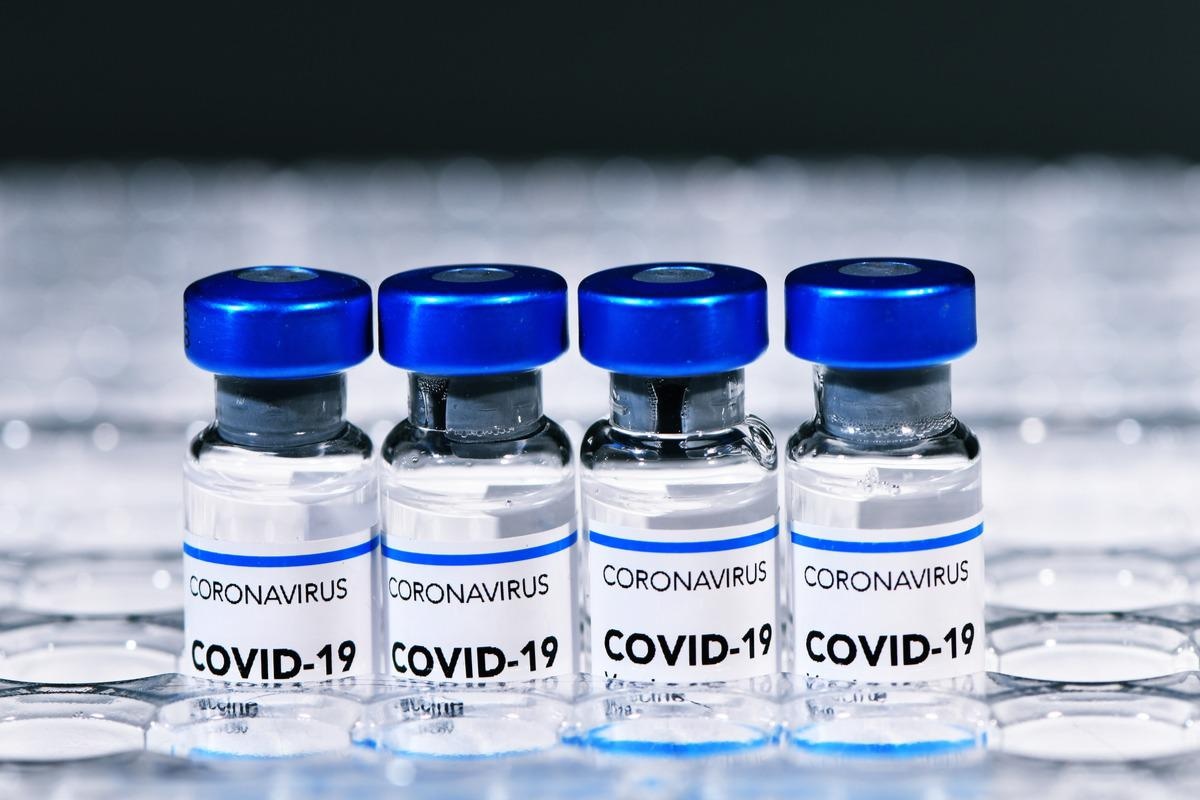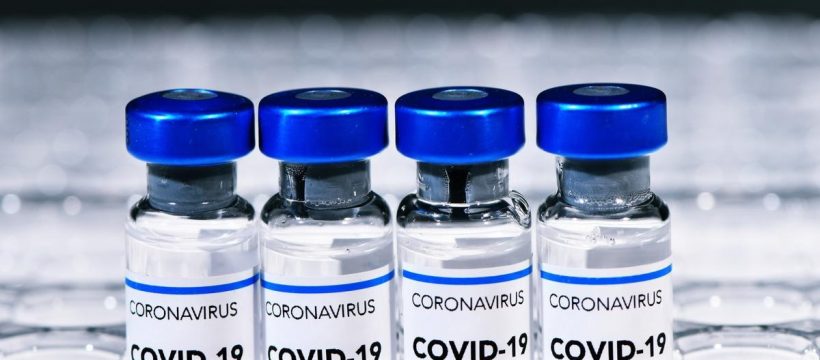The coronavirus disease (COVID-19) pandemic led to severe infections and deaths of millions of people worldwide. Initially, non-pharmaceutical measures were used extensively to reduce illness and death. Vaccines were introduced to the treatment resources of the European Union in December 2020. Results from phase 3 and phase 4 clinical trials and the impact of vaccines on older individuals in real-world settings showed high effectiveness.

The vaccines that have been authorized for administration in the European Union include Pfizer-BioNTech (BNT162b2), Janssen, Oxford-AstraZeneca (hAdOx1-S-AZD1222), and Moderna (mRNA-1273). Spain is known to report the world’s highest rates of illness and death from COVID-19, especially in the Aragon region. Oxford-AstraZeneca, Moderna, and Pfizer-BioNTech vaccines were widely implemented in Spain and Aragon. Janssen vaccine was added to the vaccination program later. Studies suggested that 44% of the population of Aragon who was 18 years of age or above had received the first dose whole 24.5% of the population were fully vaccinated as of May 31, 2021.
A new study published in Emerging Infectious Diseases compared the effectiveness of the Pfizer-BioNTech, Moderna, and Oxford-AstraZeneca COVID-19 vaccines in preventing severe acute respiratory syndrome coronavirus 2 (SARS-CoV-2) infections.
About the study
The study involved participants who were 16 years of age and above, those who had no evidence of previous SARS-CoV-2 infections, those who had real-time polymerase chain reaction reverse transcription (RT-PCR) confirmed SARS-CoV-2 infections, those who had positive antigen test or immunoglobulin G test for SARS-CoV-2 infections before December 27, 2020. Different vaccines were administered at different times to individuals of different age groups, essential workers, and individuals with high-risk conditions. Also, the Janssen vaccine was excluded from the study due to the low number of doses.
The vaccination status for the recruited participants was monitored until the end of the study period or until SARS-CoV-2 related death, whichever occurred first. The participants were considered exposed after 12 days post-dose 1 of the Pfizer-BioNTech vaccine, after 14 days post-first dose of the Moderna vaccine, and 21 days post-first dose of the Oxford-AstraZeneca vaccine. For the second dose, exposed participants were defined as seven days post-second dose for the Pfizer-BioNTech vaccine 14 days post-dose 2 of the Moderna vaccine. The second dose of the Oxford-AstraZeneca was stopped in people less than 60 years of age.
Cohort population characteristics included sex, age, weekly cumulative incidence (WCI) of SARS-CoV-2 infection in each primary care service area, work or residence in nursing or residential homes, and the number of SARS-CoV-2 tests administered in the previous six months was determined. Data on vaccine registry and laboratory testing for SARS-CoV-2 was extracted from the electronic medical record system.
Study findings
The results indicated that out of the 964,258 participants included in the study, 242,142 were vaccinated with dose one of the Pfizer-BioNTech vaccine and 212,419 were vaccinated with dose two, 32,522 were vaccinated with dose one of the Moderna vaccine, and 15,660 with dose 2, 97,492 were vaccinated with dose one of the Oxford-AstraZeneca vaccine, and 592,102 participants were unvaccinated.
The results reported that among the unvaccinated participants, 25,767 had SARS-CoV-2 infections. Among those who had received dose one of the Pfizer-BioNTech vaccine, 463 showed positive infections, and among those who received both doses, 280 showed positive infections. Among those participants who received dose one of the Moderna vaccine, 28 showed positive infections, while among those who received both doses, 18 showed positive infection. Among those who received the Oxford-AstraZeneca vaccine, 230 showed positive infection.
The Pfizer-BioNTech vaccine was found to have 23.5 percent unadjusted vaccine effectiveness (VE) after dose one and 76.1% after dose two. The Moderna vaccine was found to have 69.2% unadjusted VE after dose one and 78.4% after dose two. The Oxford-AstraZeneca vaccine was found to have 43.7% unadjusted VE after dose one.
The adjusted VE for the Pfizer-BioNTech vaccine was found to be 20.8% after dose one and 70% after dose two. The adjusted VE for the Moderna vaccine was found to be 52.8% after dose one and 70.3% after dose two. The Oxford-AstraZeneca vaccine was found to have 40.3% adjusted VE after dose one.
The results also reported that the risk of SARS-CoV-2 infection in unvaccinated participants rose to 2% on day 44 and 4% on day 154 of the follow-up. For participants who received dose one of the Pfizer-BioNTech vaccine, the risk was found to rise to 1% at day 40 while it remained less than 1% during the rest of the follow-up period for participants who had received dose twp. For the Moderna vaccine, the risk of infection was found to remain at 0.5% for the entire follow-up period. For the Oxford-AstraZeneca vaccine, the risk of infection rose to 0.9% after 80 days of the follow-up.
Conclusion
Therefore, the current study demonstrates that the effectiveness of the Oxford-AstraZeneca, Moderna, and Pfizer-BioNTech vaccines was less than the efficacy estimates from the clinical trials and other VE studies. Since individuals less than 12 years of age are still not vaccinated, the chances of a high transmission rate among the population remain. Efforts must be made to achieve high vaccine coverage among populations to reduce SARS-CoV-2 transmission among populations.
-
del Cura-Bilbao, A. et al. (2022) "Effectiveness of 3 COVID-19 Vaccines in Preventing SARS-CoV-2 Infections, January–May 2021, Aragon, Spain", Emerging Infectious Diseases, 28(3). doi: 10.3201/eid2803.212027. https://wwwnc.cdc.gov/eid/article/28/3/21-2027_article
Posted in: Medical Science News | Medical Research News | Disease/Infection News
Tags: Antigen, Coronavirus, Coronavirus Disease COVID-19, covid-19, Efficacy, Immunoglobulin, Infectious Diseases, Laboratory, Nursing, Pandemic, Polymerase, Polymerase Chain Reaction, Primary Care, Respiratory, SARS, SARS-CoV-2, Severe Acute Respiratory, Severe Acute Respiratory Syndrome, Syndrome, Transcription, Vaccine

Written by
Suchandrima Bhowmik
Suchandrima has a Bachelor of Science (B.Sc.) degree in Microbiology and a Master of Science (M.Sc.) degree in Microbiology from the University of Calcutta, India. The study of health and diseases was always very important to her. In addition to Microbiology, she also gained extensive knowledge in Biochemistry, Immunology, Medical Microbiology, Metabolism, and Biotechnology as part of her master's degree.
Source: Read Full Article
